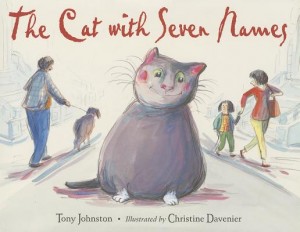Little Santa by Jon Agee (Dial, 2013)
Did you ever wonder what Santa was like as a small child? It certainly couldn’t have been easy growing up in the uppermost reaches of the northern hemisphere. As author/illlustrator Jon Agee tells it, “Life was tough in the North Pole. Every day there was … wood to be chopped, …snow to be shoveled, … a fire to be stoked.” In fact, all the Clauses were miserable! All, that is, except for Santa. He loved living in the snow and was not at all happy to hear that his parents had decided to move the family to a warmer climate.
When a blizzard sets the family plans awry, Santa quickly steps in. “I can shimmy up the chimney!” Before long, he’s off to find the help his family needs. A chance encounter with a “special” reindeer and a house full of elves enable Santa to save his family from snowy disaster and uncover the key that unlocks his now-famous future.
Agee’s wonderfully imagined story and delightful illustrations make Little Santa one of the best new holiday reads of the year.
Congratulations to Jennifer W. of Utah. Your copy of Little Santa is on its way! For a chance to win a copy for your class or a young reader you know, email readerkidz (at) readerkidz (dot) com. Please include “Little Santa” in the subject line and your name and address in the body of your email.











